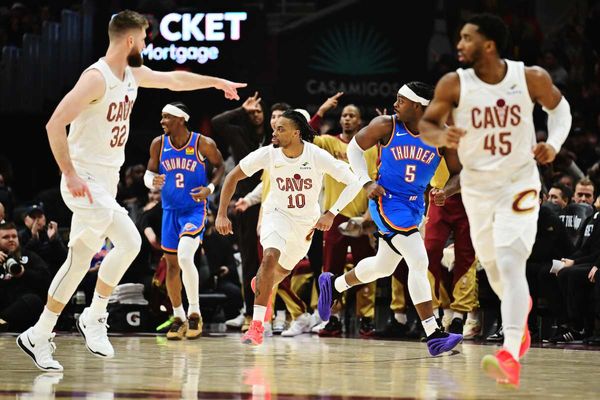
Alcohol always gets a bad rap. Perhaps more than any other substance in history, we love to blame alcohol for all our problems. During Prohibition, temperance advocates associated alcohol with everything from laziness and broken homes to poverty and insanity. While we have for the most part moved on, alcohol still receives its share of condemnation.
In modern times, one of the chief worries about alcohol is the possibility of underage children getting their hands on it. Those pushing these concerns grew louder as a wave of states across the country changed their laws during the pandemic to allow more types of alcohol to be delivered to consumers' doorsteps. Though youth drinking has long been a target of handwringing, the reality is that fewer and fewer young people are drinking. Rather than overlook this untold story, policy makers should use it to inform their posture toward alcohol reform in the years ahead.
After Prohibition's repeal, many states passed restrictions on youth drinking. Initially most states set the age limit at 21, but the drinking age took a winding road to its modern level. In the 1970s, a majority of states reduced the legal age for drinking from 21 to as low as 18, in keeping with the passage of the 26th Amendment, which lowered the voting age to 18. By the '80s, however, as concerns about drunk driving increased, the legal age crept back up to 21, culminating in Congress passing the National Minimum Drinking Age Act, which tied highway funding for states to a 21-year-old drinking age, in 1984.
Today, the age limit is an established part of American culture, setting our country apart from many of its international neighbors. What is often lost in the discussion is that teen drinking reached its apex in the 1980s and has precipitously declined ever since.
In 1991, over 50 percent of high school students reported drinking alcohol, but by 2019, this had plummeted to under 30 percent. At the same time, the percentage of respondents reporting that they had at least one drink of alcohol before the age of 13 fell from around one-third to 15 percent. Youth binge drinking has also declined by nearly half in recent decades.
These statistics come amid an unprecedented craft alcohol boom that has swept America. But what about the expansion of to-go and alcohol delivery options during the pandemic?
Despite the overall underage drinking trends, opponents of these delivery reforms came out of the woodwork to once again sound the alarm about the children. The Washington Post ran high-profile exposés on undercover sting data showing that COVID-era alcohol delivery was fueling more alcohol purchases by minors. The implication was that teenagers were secretly ordering booze through Mom and Dad's online delivery apps and drinking more than ever.
The data do not back up these claims. The Centers for Disease Control and Prevention publishes its biennial Youth Risk Behavior Surveillance System survey, which, among other questions, asks high schoolers about their drinking habits. Using this data, the R Street Institute found no perceptible correlation between alcohol delivery and increased rates of youth drinking during the pandemic.
In fact, from 2019 to 2021, youth drinking fell in 48 out of 50 states. Further, in states allowing alcohol delivery from establishments like restaurants and bars, underage drinking actually fell more than it did in states that forbid such delivery. To clarify, this does not suggest that delivery somehow reduces underage drinking, but it does demonstrate the lack of a connection between the two.
As has so often been the case throughout American history, alcohol is being blamed for something that is not its fault—and, in this case, not even a real phenomenon. Youth drinking is falling, not rising, and alcohol delivery appears to be wholly irrelevant to the conversation. Going forward, policy makers should adjust their attitudes accordingly and find a new target for their ire.
The post Youth Drinking Is Falling, Not Rising appeared first on Reason.com.







